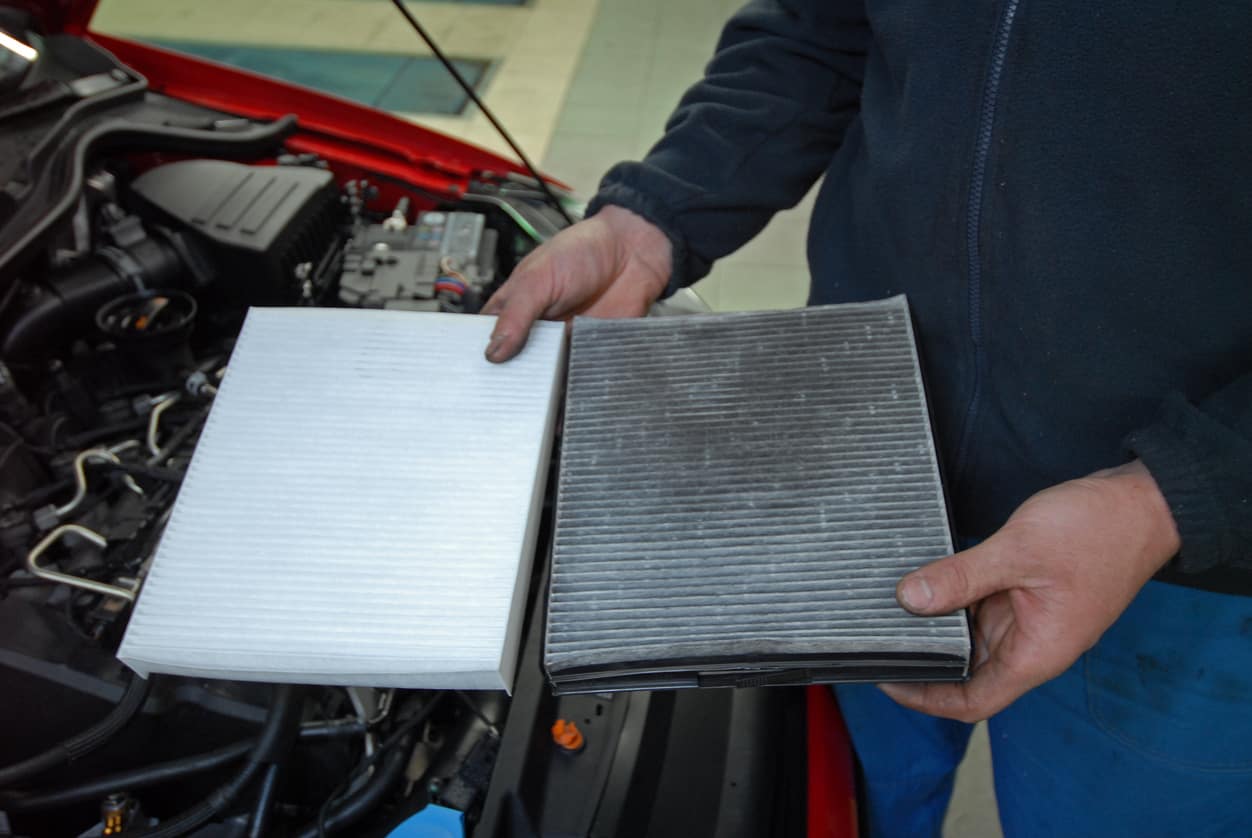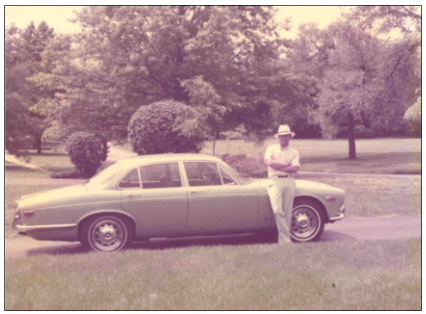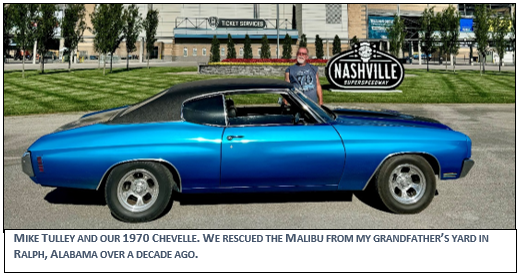Space Dust
What is dirt, anyway?

Here’s a fact. Everything we turn up in analysis of your used oil had to get in there somehow. As obvious as that may appear, I hadn’t really thought about it until I ventured into making my own oil.
I built it up gradually, starting with a 10W base stock that was nothing more than refined mineral oil with nothing added. After running it a specific period and measuring the results, I started adding components, running the same miles, and repeating measurements. Eventually I ended up with a complete package that performed very nicely.
Every time I changed something in the oil, the results were measurable. That led to a low-level Eureka! — an affirmation of something I’d always known but hadn’t given much thought: Everything we find in oil analysis had to get in the oil somehow. What we find in oil was put there by the oil blender, came from the engine, or came from the environment.
There are many factors and variables to consider in how long you can use oil in an engine and in how long an engine will last. The most important of all those variables is keeping the oil, regardless of type, as clean as possible. Your air and oil filtration systems are critical players in accomplishing this mission.
The importance of air filtration
Leaving oil filtration for another article, just how important is air filtration? It is one of the most important factors in long-lived engines and long oil change intervals. It is a variable you can control.
Silicon is everywhere in the environment. We rarely think of it unless we see a dust storm in a desert or watch a farmer’s tractor operating in a cloud of dust, but there is no such thing as clean environmental air. If you let rain drops dry on your car or truck, by the time they dry they will have collected enough dirt to leave spots on your paint.
Dirt exists everywhere because it comes from outer space. Have you ever wondered why the most important tool in archaeology is a shovel? If a team of archaeologists went to study a 2000-year-old humanity site, they probably would have to dig down 30 feet to find what they were looking for. The reason old things are buried so deeply is that the Earth is constantly being showered by extraterrestrial dirt. You can’t escape it, even at high altitudes, and they only way you can prevent it from prematurely wearing out your engine is to collect it in an efficient air filtration system.
Controlling the dirt
I was recently speaking with a pilot about why his engine was wearing so poorly. He told me he liked to pull a little carb heat (in other words, unfiltered air) through his engine once he hit altitude because the air up there wasn’t a problem. Once I looked at his report, I saw his silicon level was quite high. He was wrong about the air up there not being a problem. In fact, there is enough silicon in the air at any altitude to cause poor engine wear. It’s important for any engine to filter the dirt out before it can do damage.
All engines wear and eventually wear out. Assuming a mechanical or contamination event doesn’t cut short an engine’s life, the amount of wear an engine’s parts leave in the oil is predictive of how long that engine will last. One of the most destructive contaminants that get into the oil is excessive silicon. The best wearing (longest lasting) engines we see have air filtration systems that keep silicon to a minimum in the oil. Regardless of the air filtration system manufacturers supplied for your engine, it is up to you to maintain it to perfection. Is your air filter up to snuff?
Related articles
A New Wave
Saying goodbye to my 1984 Chevy
TBNs & TANs: Part 2
Determining how heat affects the TBN and TAN of the oil
Finishing the RV-12
The last article in our series on finishing the RV-12
In the Thick of it!
Five cities, five days, 5000+ cars: the 2024 Hot Rod Power Tour!









